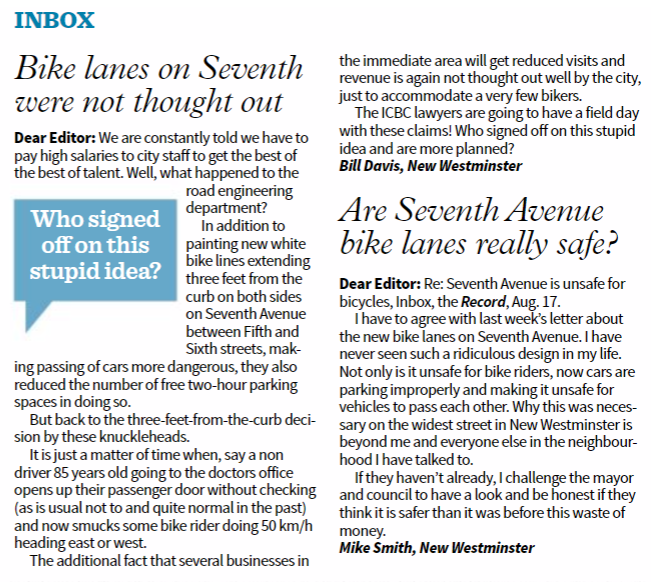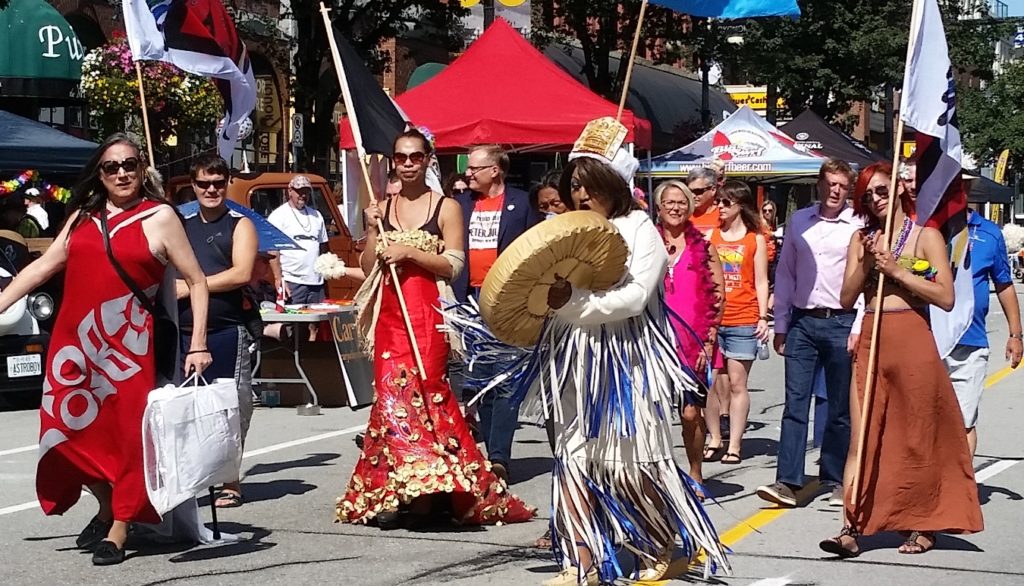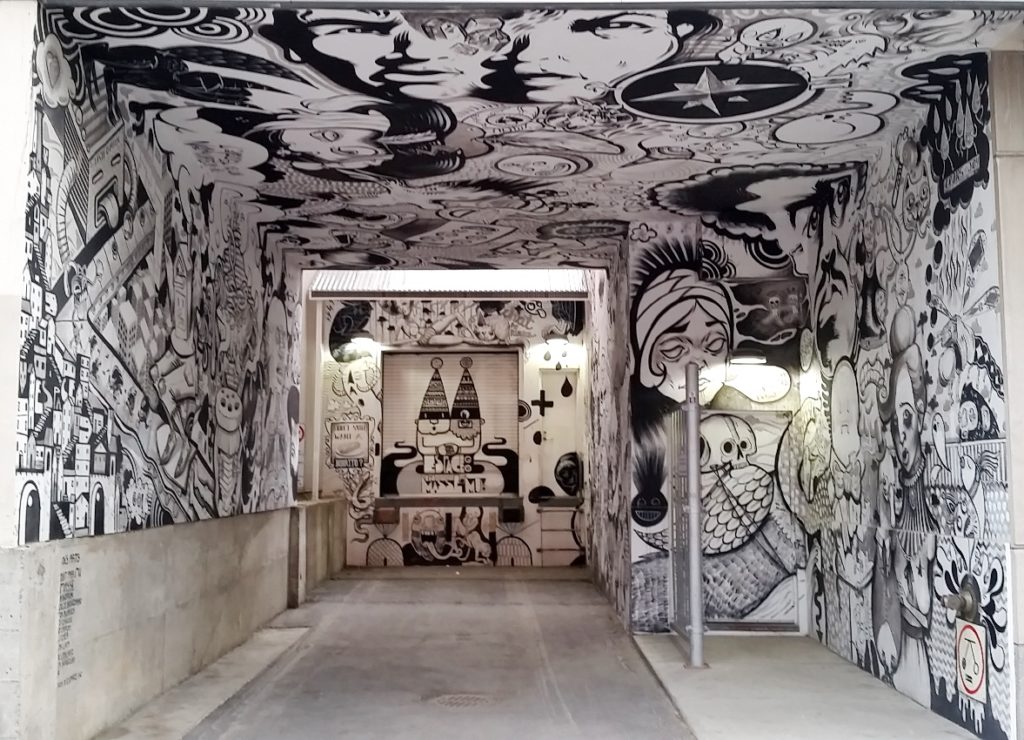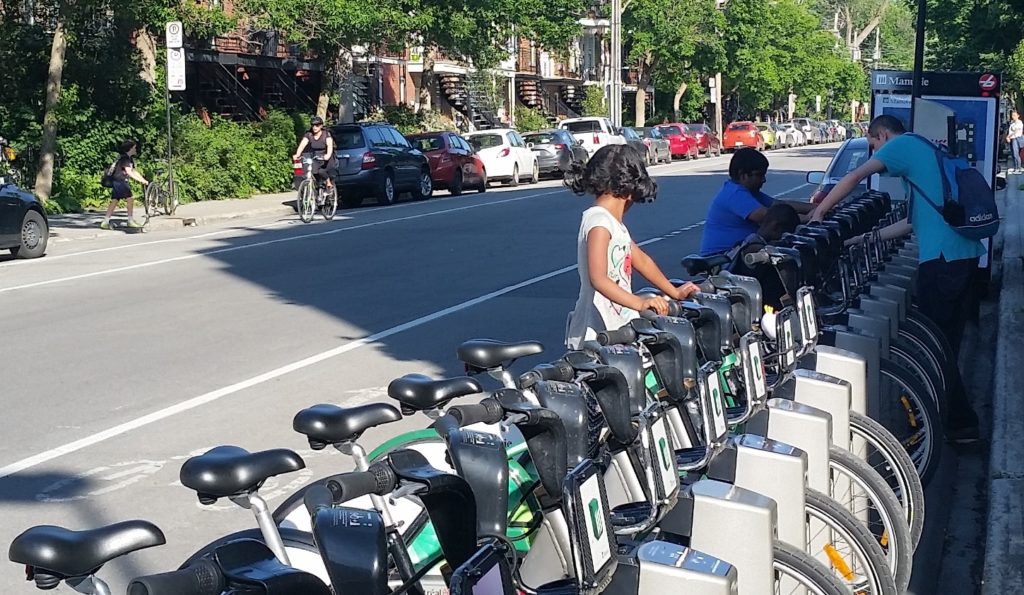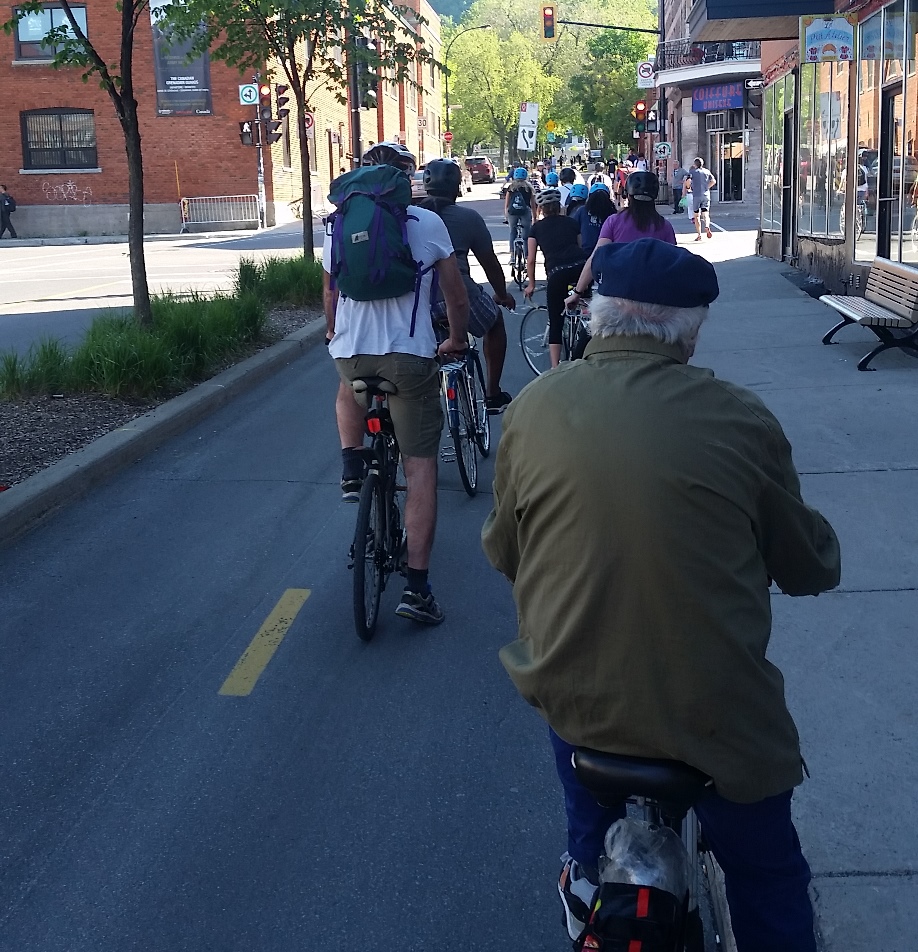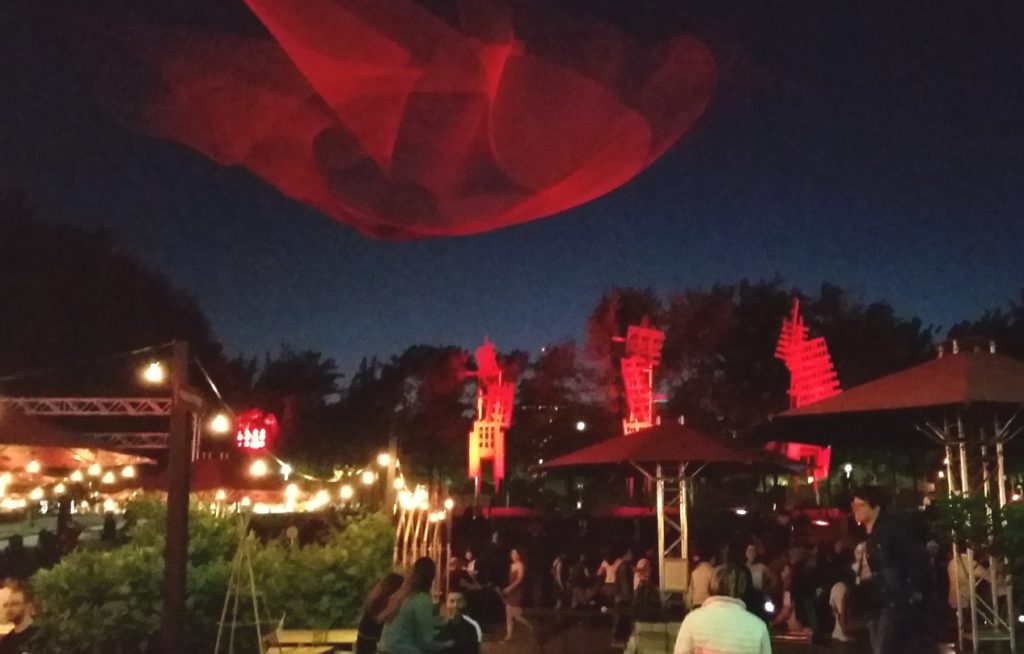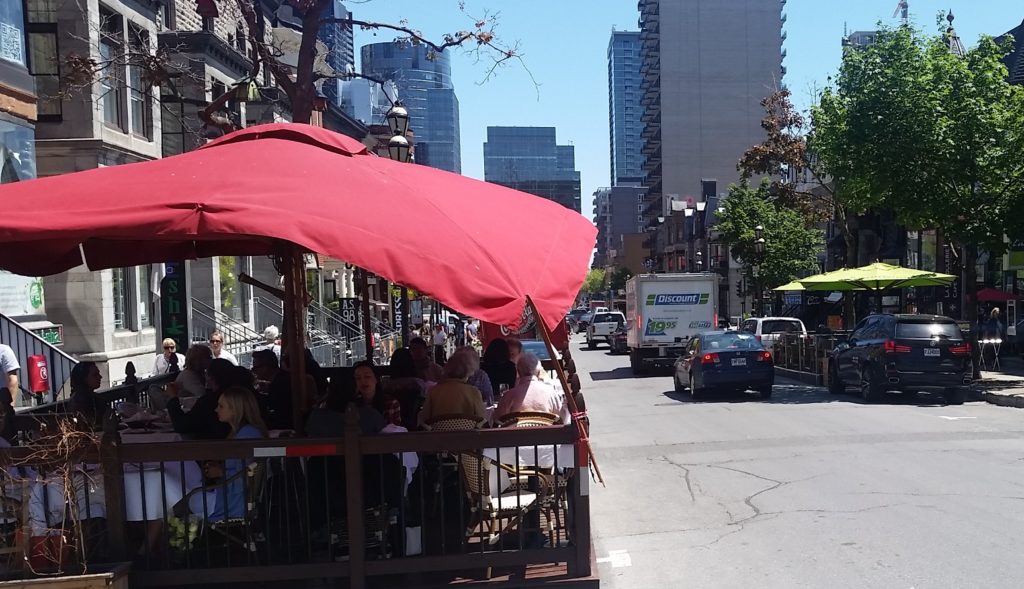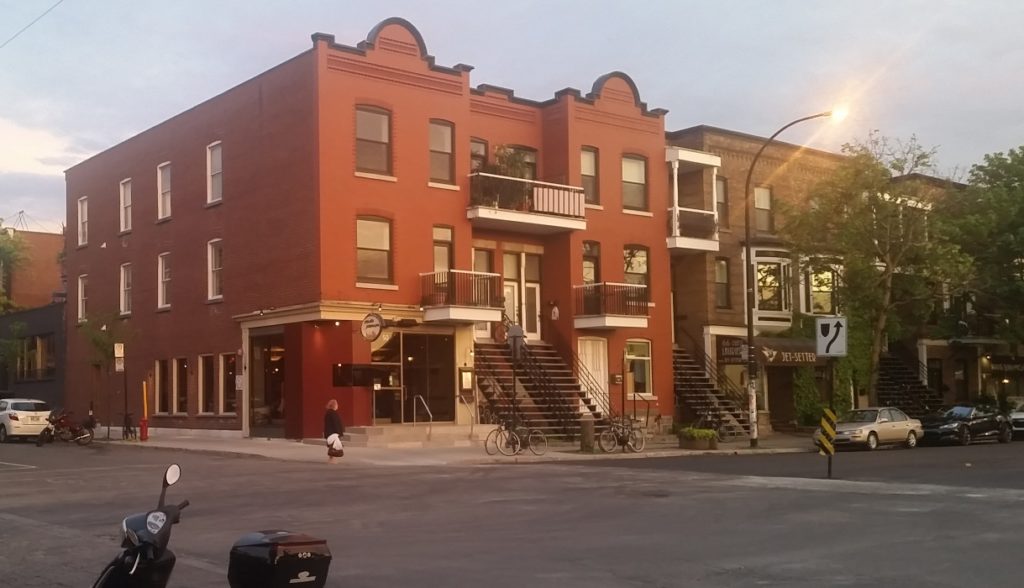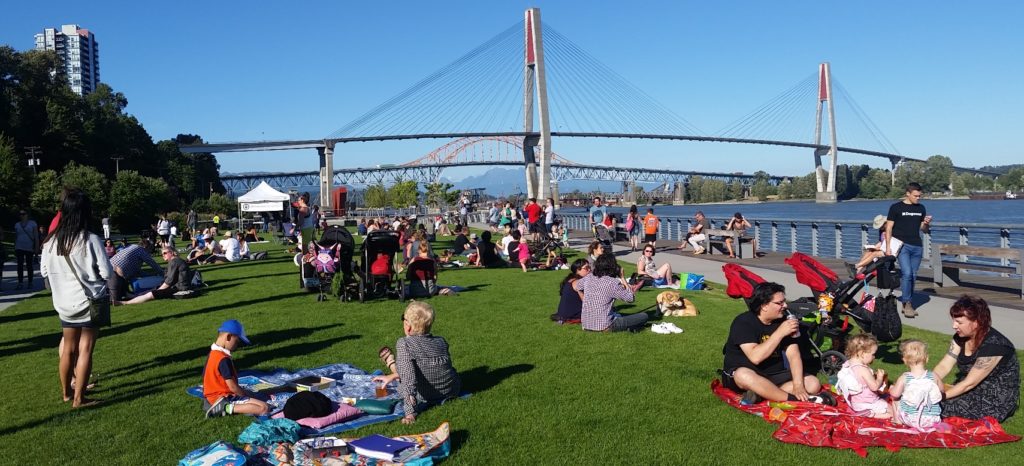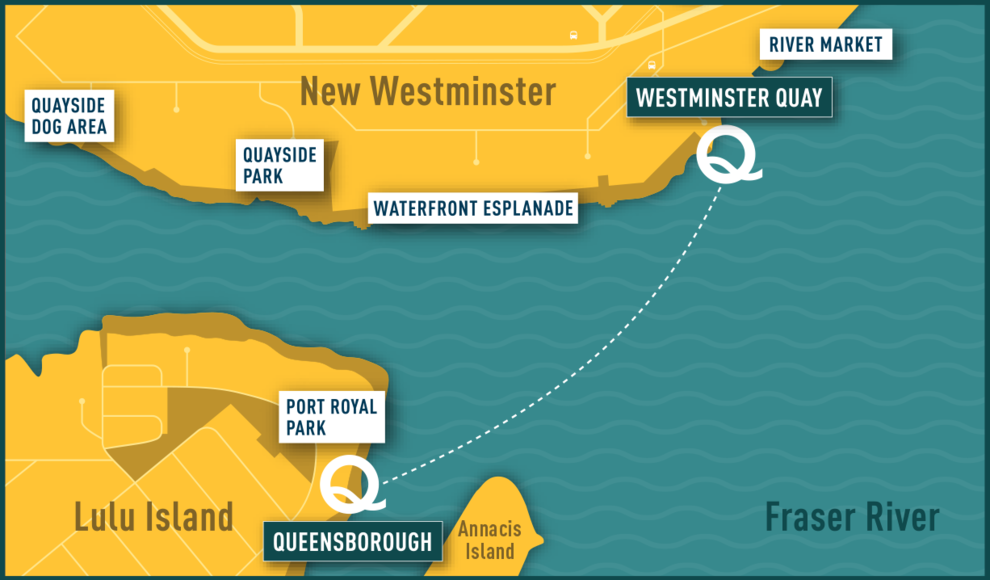As has become tradition, the first Council Meeting of September was held in the Queensborough Community Centre, and we had a Queensborough-heavy agenda, though not a particularly long one. We started with an update on the largest road-improvement project in the City’s history:
Ewen Avenue Streetscape Improvement Project Update
The third phase of this project (the easternmost westernmost part, from Hampton to Boundary) is currently being tendered. A bunch of the in-ground work around sewer main replacement and tie-ins has already been done, but the re-configuring of the roadway and installation of major sewer works is coming up over the next year.
Somewhat concerning, the first Request For Proposals for the project had no responses. That no road construction company in British Columbia put in a bid for the project is a sign of how challenging the construction business is in BC right now. There’s too much work and not enough people to do the work, and projects on tight timelines create too much risk for many companies. We have put out another, more flexible tender, and will see what happens.
Delays are expensive, and this project has had a number of challenges along the entire length, from coordinating with Metro Vancouver’s sewer work to geotechnical and environmental issues with the soils under the roadbed. There are many residents frustrated by the lengthy timelines, and I am not happy about the inability to find cost savings when it became clear that soils issues were going to blow the budget. However, I’m confident the end result will be a great asset for the Queensborough neighbourhood,
The following items were Moved on Consent:
Status of 2015-2018 Strategic Initiatives – Update for First Half of 2017
This report (more, it’s appendix) is a great update on what the City has been doing over the last three years on the Strategic Priorities set out by Council. Aside from the day-to-day running of the City, and the amazing number of new things that pop up, either by happenstance, or sudden Council whim, our strategic plan is coming along at what I would call a moderate pace. Some projects (e.g. Front Street Mews) are complete; some are still in early phases (e.g. City Hall renovations). As there is often a bunch of lower-visibility work that needs to be done before (for example) we break the ground on a new Affordable Housing project, these reports help keep Council and the public abreast of the progress that isn’t always obvious in following Council reports.
Life comes at you fast. When we put these Strategic Priorities forward, the housing crisis was only starting to percolate (a Million-dollar house in New West was still an anomaly), the scourge of fentanyl had not taken hold in our community, and we had Federal and Provincial governments with different spending priorities. So like all strategies, adjustments need to be made to achieve the long-term goals they underpin. I am pretty satisfied that we are moving in the right direction, even if progress on some fronts is slower than I might like.
232 Lawrence Street (Day Care)
One of those strategic things moving forward a little under most people’s radar (despite several public reports and a Public Hearing) is a Day Care facility to be built with Provincial Gov’t support on City lands in Queensborough. This report outlines the next steps in the senior government grant process, and the expected commitment that City will make to building the modular structure for the daycare.
The City’s $156K contribution represents a likely 24% of the budget, and the City’s contribution will come from the General Amenity Reserve, which is money we collect from developers when they increase density of the City.
131 Eleventh Street: Temporary Use Permit – Renewal
The area around Lower 12th Street is an area in transition, considered a “Special Study Area” in our community plans. Council recognized the land is not being used to its full value, and although the long-term plan is unclear (the City is reluctant to shift “job generating lands” to fully residential lands – short term gain may result in long-term pain) we want to accommodate the most sensible current use of the lands, to support local businesses. This retail use doesn’t fit the language of the current zoning, so we are using a Temporary Use Permit to allow it, such that we don’t undermine any future long-term planning.
Local Area Service Bylaw to Underground Existing Overhead Utilities
on the East Side of 200 Block of Howes Street
As mentioned back in June, a Local Area Service is like a “special assessment” where a neighbourhood wants a land improvement done that isn’t necessarily the highest priority for the City. When a majority of neighbours agree that these works are desired, the City works out a shared-cost agreement ,and the residents have the option of writing the City a cheque for their share, or adding a special charge to their taxes for as long as 20 years.
The majority of homeowners have agreed on street improvements along 200 Block of Howes Street, and through a complicated negotiation with several utility companies, the LSA Bylaw is now able to move forward.
The following items were Removed from Consent for discussion:
420 Boyne Street (Animal Shelter): Proposed Amendment to the Heavy Industrial Districts (M-2) Zone to Allow Municipal Uses and Zone the Former Lane to the Rear of the Property to (M-2)
The City also needs to amend the zoning language around the Industrial zones property where we are building our new Animal Shelter and the accessory space for our proposed tow yard. The site preparation for this site is finally underway, and the City’s long-outdated Animal Care Facility will be starting construction soon. So far: on time and on budget.
BC Hydro Pest Management Plan
Coming after public notice by BC Hydro of pesticide use on their properties in New West last year, Council asked for better reporting of the types of pesticides used and where. BC Hydro responded, indicating they use “mechanical methods“ (weed whacking) in the publically-accessible areas in their Connaught Heights right-of-way, and they use several different pesticides in their substation lands.
A Councillor raised a concern about the use of Glyphosate (“Roundup”) in the City, and asked that a letter be written asking BC Hydro to switch to different products (such as iron- and acetic acid-based pesticides). I am less fussed about small, spot use of Glyphosate when part of an Integrated Pest Management System, and I understand there are some seriously impactful invasive species (such as Japanese Knotweed) where chemical treatment are the only approach demonstrated to work, but am happy to forward the letter and ask BC Hydro to monitor and control its use, and demonstrate the City’s preference for the most sustainable solutions.
We then did the Bylaw shuffle:
Zoning Amendment (420 Boyne Street Animal Shelter) Bylaw No.7944, 2017
As discussed above, the Zoning Amendment Bylaw to support the development of the Animal Shelter on City-owned Industrial Lands was given two readings.
Local Area Service Bylaw No. 7942, 2017
As discussed above, the LAS Bylaw for Howes Street was given three readings.
Wood-Boyne Street Road Closure Bylaw No. 7935, 2017
As discussed at the July 10th meeting, this Bylaw to officially close an unopened part of Wood Street to support the City’s Animal Care facility was Adopted.
Housing Agreement (630 Ewen Avenue) Bylaw No. 7927, 2017
Zoning Amendment (630 Ewen Avenue) Bylaw No. 7920, 2017
As addressed at the Public Hearing on June 26th, and discussed at the August 28th meeting, these Bylaws to support the Affordable Housing project in Queensborough was Adopted.


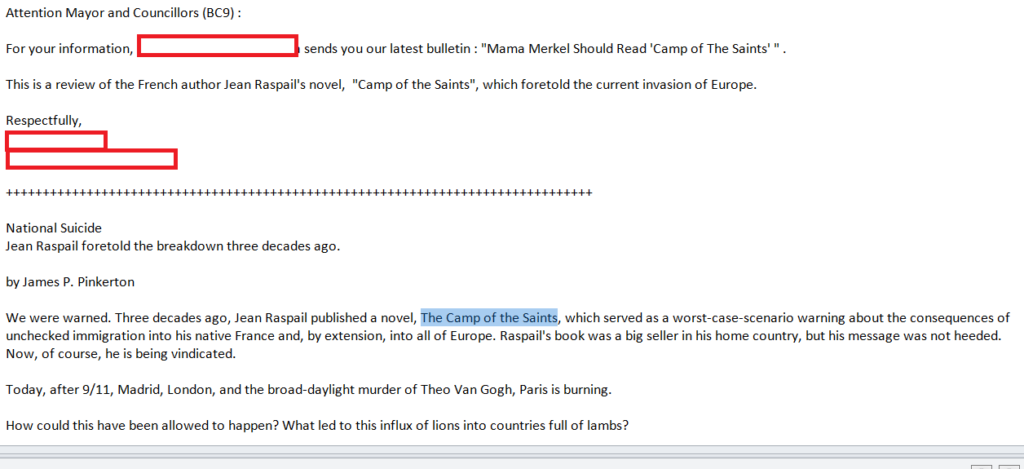
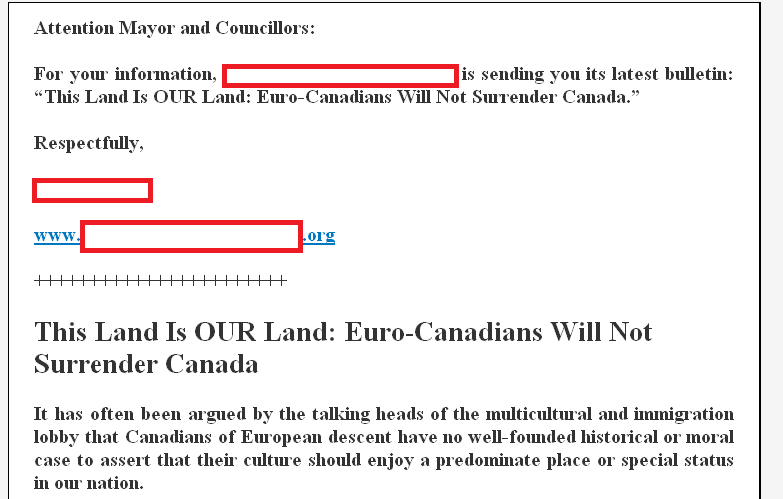

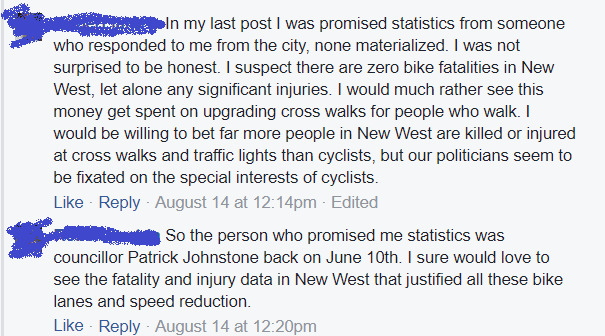

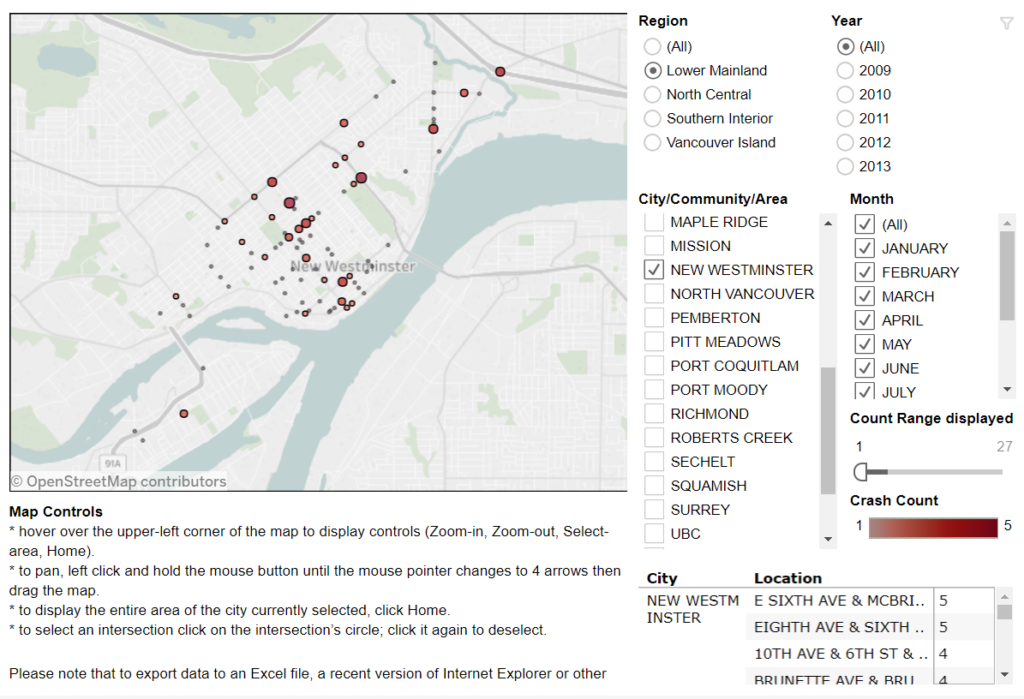
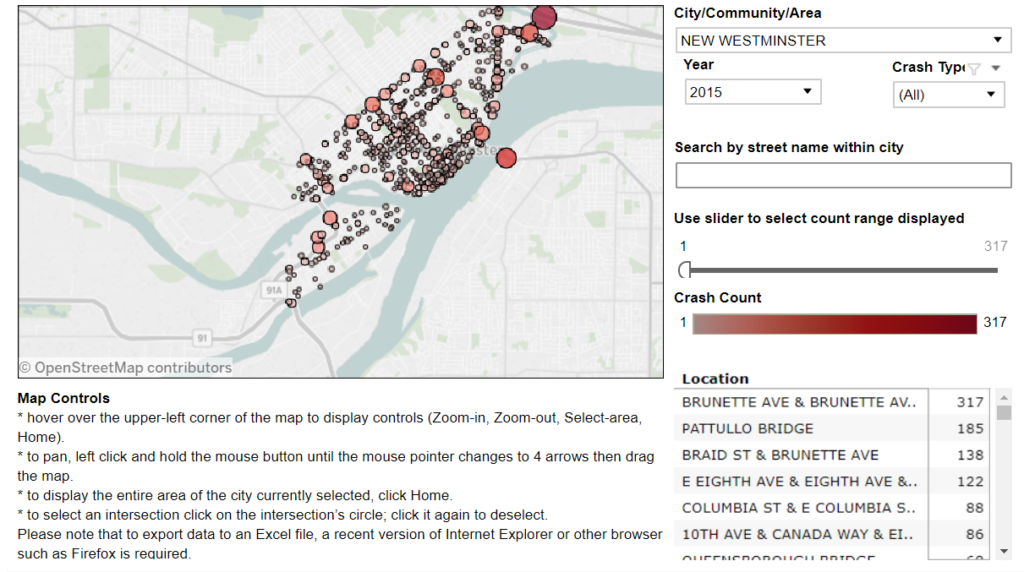

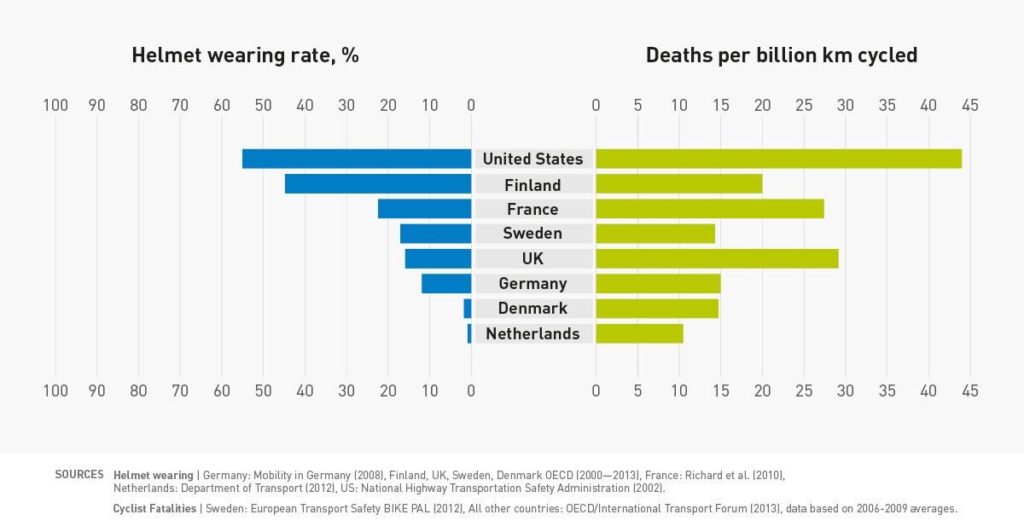 The Crosstown Greenway improvements are very small part of our transportation budget (less than 3% of this year’s budget for road improvements), and has numerous potential benefits to the community at large. As the City’s first foray into modern separated bikeway design, it may have a few kinks to work out, and it may take a bit of time for drivers to get their head around the new layout, but it is based on
The Crosstown Greenway improvements are very small part of our transportation budget (less than 3% of this year’s budget for road improvements), and has numerous potential benefits to the community at large. As the City’s first foray into modern separated bikeway design, it may have a few kinks to work out, and it may take a bit of time for drivers to get their head around the new layout, but it is based on 